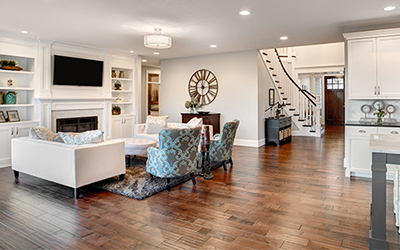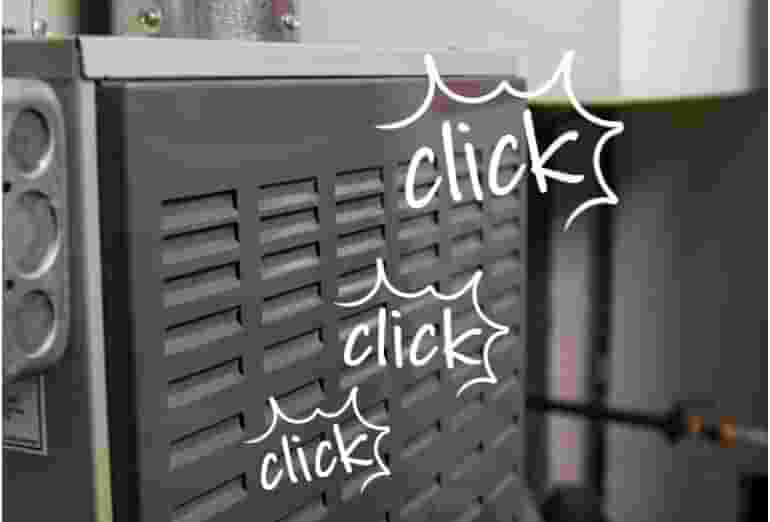All Mr. Handyman franchises are locally owned and operated and may offer fewer or more services than those listed here. To learn more about Wood Floor Installation & Repair Services offered in your area, contact your local Mr. Handyman for details or a customized on-site assessment.
Wood Floor Installation & Repair FAQs
Mr. Handyman has been helping homeowners repair, maintain, and enhance their spaces for over 25 years! We are the one-stop solution for everything on your to-do list and all your questions about home repairs, maintenance, and improvements. Here are answers to some of your most frequently asked questions about wood floor repair and installation services.
Which type of wood flooring is the best?
The best wood floor for your home depends on multiple factors. Consider how active your home is, your aesthetic preferences, and where in the home you’re looking to install it to determine the right kind of wood flooring for your space.
- Durability: High-traffic areas benefit from harder wood species or more scratch-resistant options like laminate.
- Moisture resistance: Engineered wood and laminate works best in spaces exposed to moisture. Some are designed to resist spills and are rated for bathrooms.
- Budget: On average, laminate and engineered wood tend to be more affordable than solid hardwood.
- Aesthetic preference: To capture wood appearance, solid and engineered hardwood offer the most authentic look. Laminate offers a wider variety but often lacks the same authenticity.
- Resale value: Solid hardwood adds the most value, but engineered wood is also well-regarded. In turn, laminate and bamboo may not add as much value.
What is the downside of hardwood flooring?
It's hard to beat the beauty and durability of a natural hardwood floor, but it's not without its drawbacks. Here are a few downsides of wood flooring. Hardwood floors can be damaged by moisture, and are not recommended for areas that are prone to dampness and humidity. Floors with a high-gloss or semi-gloss finish are especially poor at hiding dings and scratches. Wood flooring can require more maintenance than other flooring types. Dirt and dust can be more visible, and the floors need to be maintained regularly.
What is the lifespan of hardwood floors?
The lifespan of a hardwood floor depends on the wood type, the indoor climate, how well it is maintained after installation.
- Natural hardwood floors can last more than 100 years, depending on the type of wood. Oak, cherry, hickory, and maple can last for generations if properly cared for.
- Temperature, humidity, and direct sunlight can damage and decrease the lifespan of wood floors. Abrupt changes in humidity can cause warping, while direct sunlight can discolor the finish.
- Routine cleaning and protecting a wood floor from furniture, pets, and other culprits can maximize its lifespan.
Is it better to strip or sand hardwood floors?
The condition of the hardwood floors, its finish, and your desired results are factors to consider when choosing between stripping and sanding hardwood.
Sanding your hardwood floors is ideal if you want to change the wood’s stain color entirely. Floors with deep scratches, dents, uneven surfaces, or old, thick finishes will also benefit from sanding.
Opt for stripping your hardwood floors if your finish is in decent shape and doesn’t require deep repair. This includes floors with surface scratches, minor imperfections, and old finishes like paint or varnish.
You can also mix both approaches. If you’re dealing with a small number of deeper scratches and surface-level imperfections, you can lightly sand the specific problem areas and then use a chemical stripper on the remaining floor. You should be able to achieve a uniform result without extensive wood removal.
 Click to call
Click to call


 Click to call
Click to call
